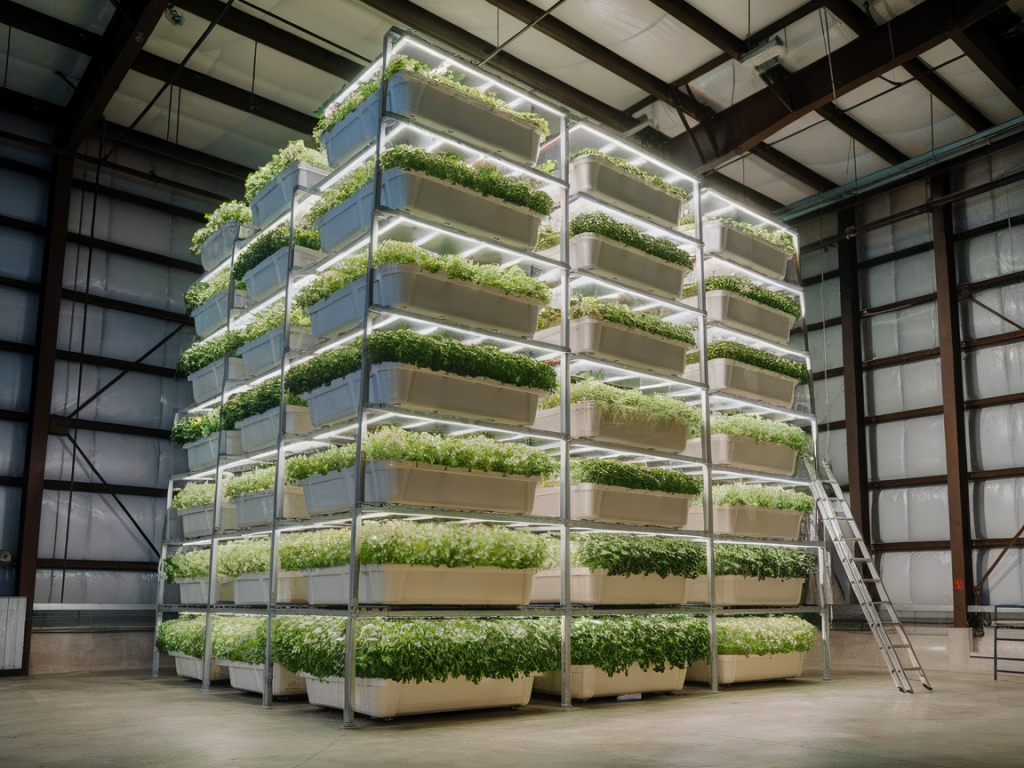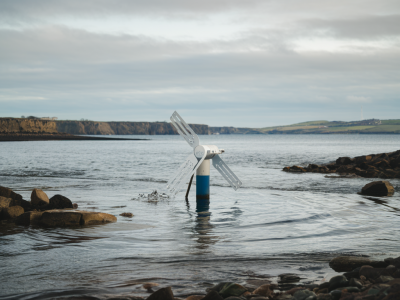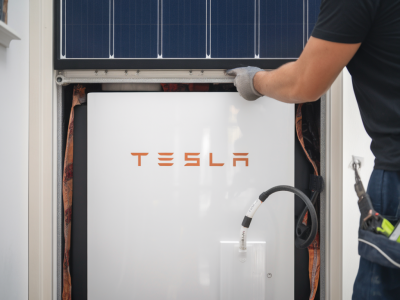
When we think about the future of eco living and sustainable food production, one groundbreaking concept often stands tall—quite literally—on the horizon: vertical farming. This innovative approach to agriculture is more than just the latest trend in sustainability; it’s a potential game-changer in how we grow and consume food in an urbanized, resource-conscious world. Let's explore the ins and outs of vertical farming and why it holds such promise for addressing key environmental challenges.
What Is Vertical Farming and How Does It Work?
At its core, vertical farming is the practice of growing crops in vertically stacked layers, often housed inside controlled environments like warehouses, skyscrapers, or repurposed shipping containers. Instead of sprawling fields and traditional soil cultivation, it relies on advanced agricultural systems like hydroponics, aeroponics, and sometimes aquaponics to nurture the plants.
This method uses significantly less water, virtually no pesticides, and, often, renewable energy to operate. Unlike traditional farming, which requires arable land and favorable outdoor conditions, vertical farming thrives indoors, transforming previously underutilized spaces into high-yield food production hubs.
Why Is Vertical Farming Gaining Momentum?
With urban population growth skyrocketing and the climate crisis impacting global food supplies, the demand for sustainable, space-efficient farming solutions has never been greater. Simply put, vertical farming addresses some of the most pressing challenges our world faces:
- Land Scarcity: Vertical farming maximizes production per square meter, which is critical for crowded cities.
- Water Efficiency: These systems use up to 95% less water compared to traditional agriculture, a vital advantage in water-stressed regions.
- Pesticide-Free Food: Controlled environments eliminate the need for harmful pesticides, resulting in cleaner, healthier produce.
- Climate Resilience: Vertical farms are untouched by droughts, floods, or unseasonal weather patterns—issues that wreak havoc on traditional crops.
Is Vertical Farming the Key to Eco Living?
One of the most exciting aspects of vertical farming is its ability to integrate seamlessly with other eco-living practices. For urban dwellers seeking sustainable lifestyles, having access to fresh, locally grown produce without the environmental toll of long-distance transportation is a major win. Imagine a future where local supermarkets or even apartment complexes house their own vertical farms to supply fresh fruits, vegetables, and herbs. It’s not as far-fetched as it sounds.
Brands like Plenty in the United States and Infarm in Europe are already making this vision a reality, partnering with urban grocery stores to provide hyper-local, pesticide-free greens. Not only does this reduce food miles, but it also connects consumers more intimately with where their food comes from—a vital principle of eco living.
What Are the Environmental Benefits?
The environmental benefits of vertical farming extend beyond water savings and land efficiency. Since these farms are systemically closed loops, they waste minimal nutrients and energy. Furthermore, many commercial vertical farms are turning to renewable energy sources like solar and wind to power their operations, dramatically reducing their carbon footprint. This combination of energy efficiency and resource conservation makes vertical farming a cornerstone of future sustainable practices.
Another overlooked benefit is the potential for waste reduction. By growing food locally in urban environments, vertical farms significantly shorten the supply chain. This means less spoilage during transport and storage, fewer emissions associated with freight transportation, and less reliance on energy-intensive cold storage facilities.
What’s the Cost of Going Vertical?
Let’s address the elephant in the room: cost. Vertical farming is still more expensive to set up and operate than traditional farming. The costs stem from the need for advanced technology, energy needs, and initial infrastructure investments. However, as the technology matures and economies of scale kick in, costs are projected to drop. Already, companies like AeroFarms have optimized their systems to reduce operational expenses, making the practice more financially viable.
On a smaller scale, hobbyists and eco-conscious individuals can also get involved. Compact vertical farming kits for home use, like those from Click & Grow, make it accessible for people to grow their own herbs and vegetables—even in a studio apartment.
Challenges and the Road Ahead
While vertical farming is undeniably promising, it’s not without its challenges. High energy consumption remains a concern, particularly for operations reliant on artificial lighting. To counteract this, some innovators are exploring ways to integrate more natural light or hybrid systems that combine sunlight with supplemental LED lighting.
Policy and education also play a critical role. Governments and local leaders need to support vertical farming through subsidies, research grants, and urban planning incentives. Likewise, increasing public awareness about the importance of sustainable food production will encourage more widespread adoption. As both a writer and advocate, I see this as one area where we can all make a difference—by voting with our dollars, supporting local vertical farms, and seeking out their products.
Why It Matters for Food Sustainability
At its heart, vertical farming represents a powerful shift in how we think about the relationship between technology, agriculture, and sustainability. By producing nutrient-dense food with minimal environmental impact, this approach aligns perfectly with the principles of food sustainability.
In a world grappling with resource depletion and the growing threat of climate change, the ability to grow food more efficiently could have profound implications for global food security. Beyond its scientific and ecological bonuses, vertical farming also inspires hope—a reminder that human ingenuity can and will find ways to feed the planet better.

